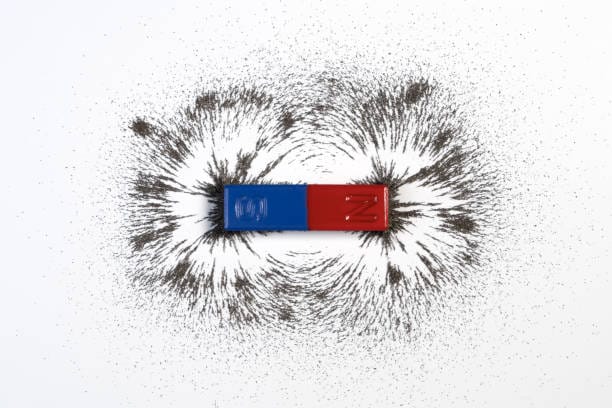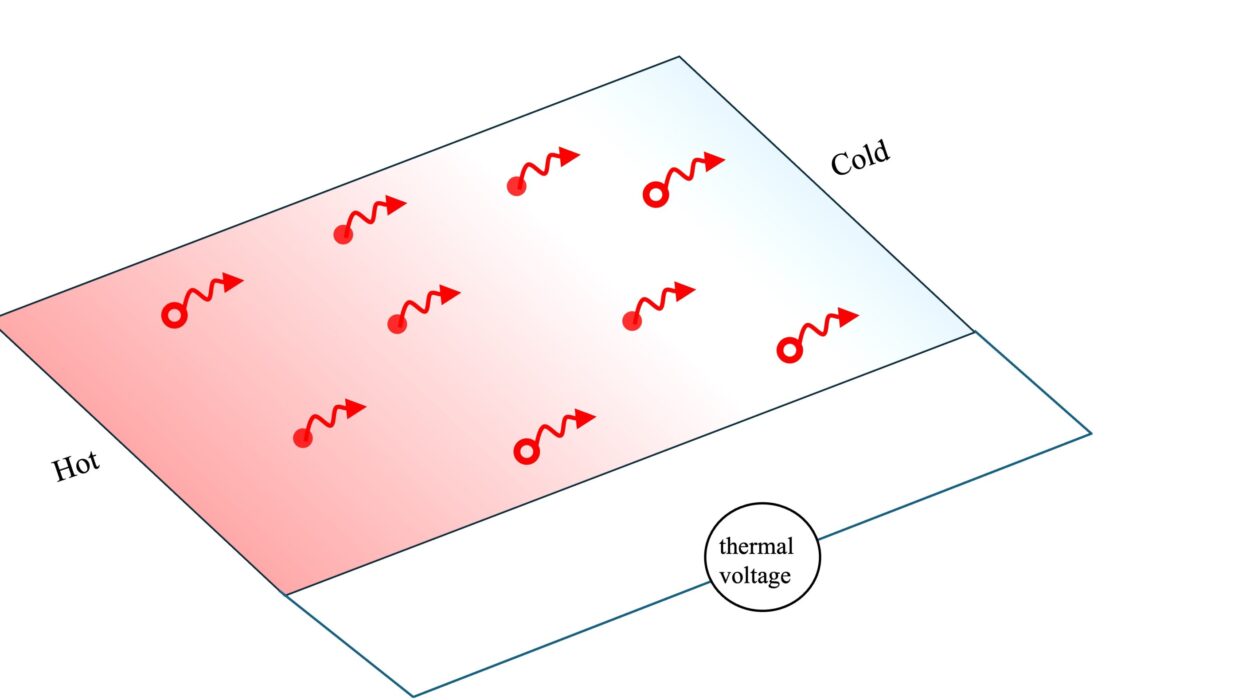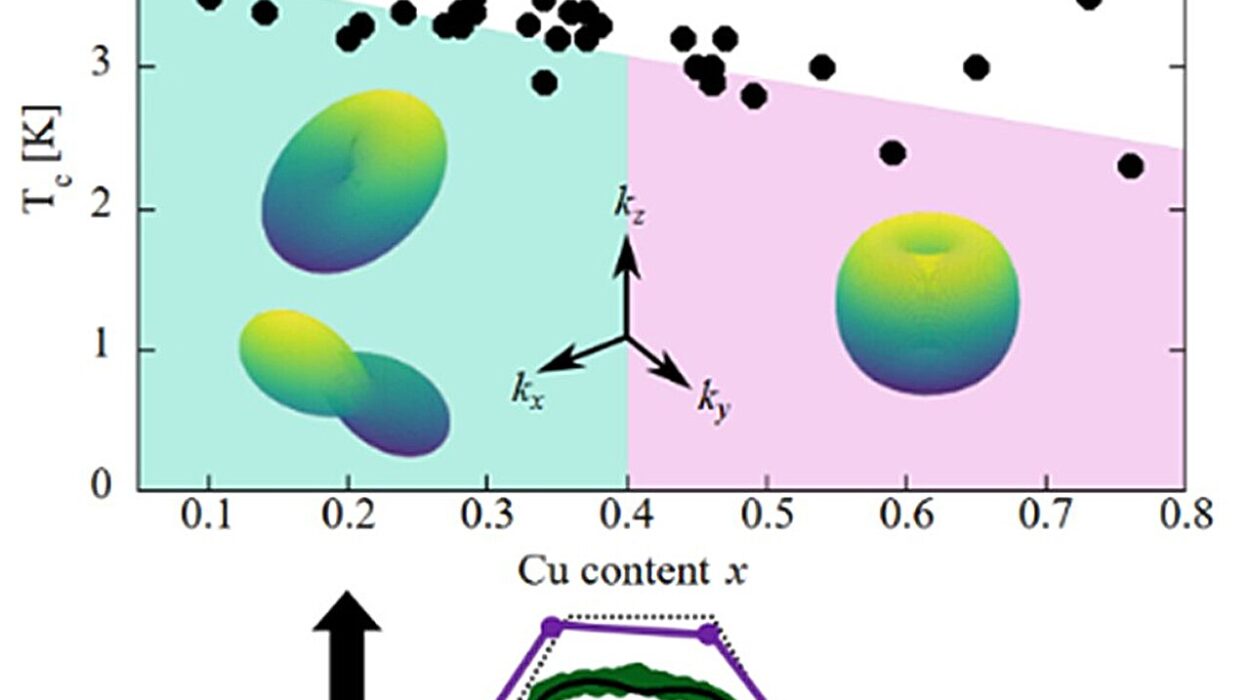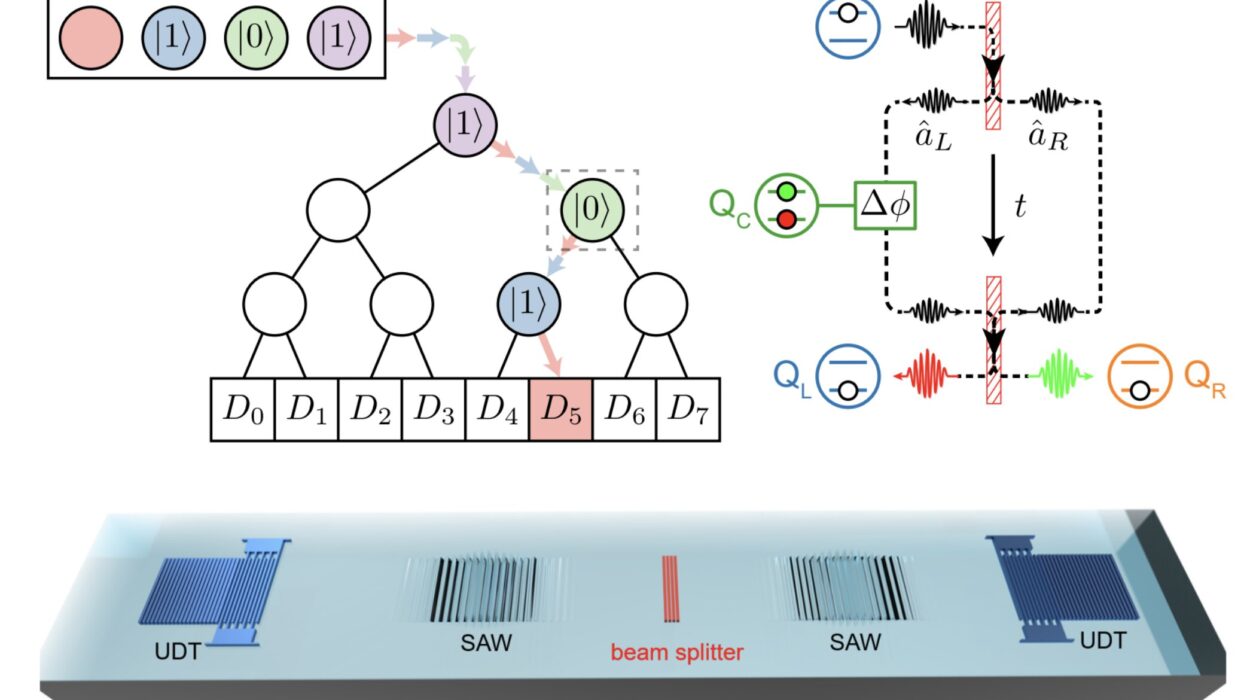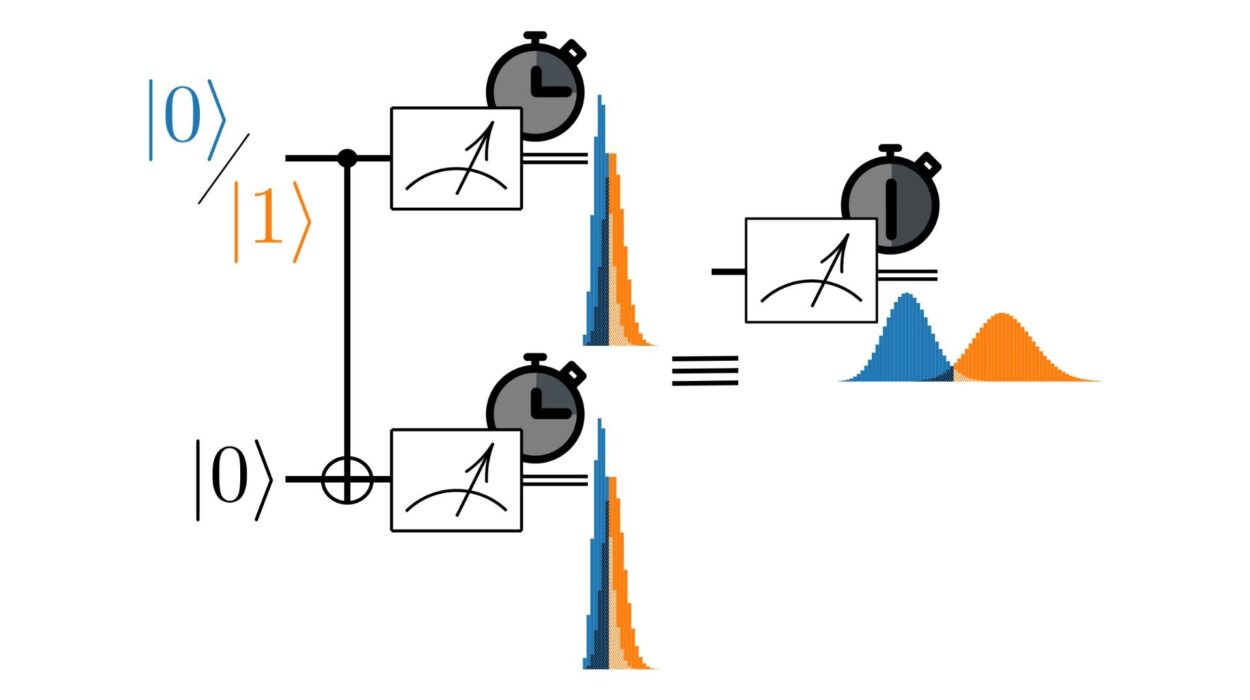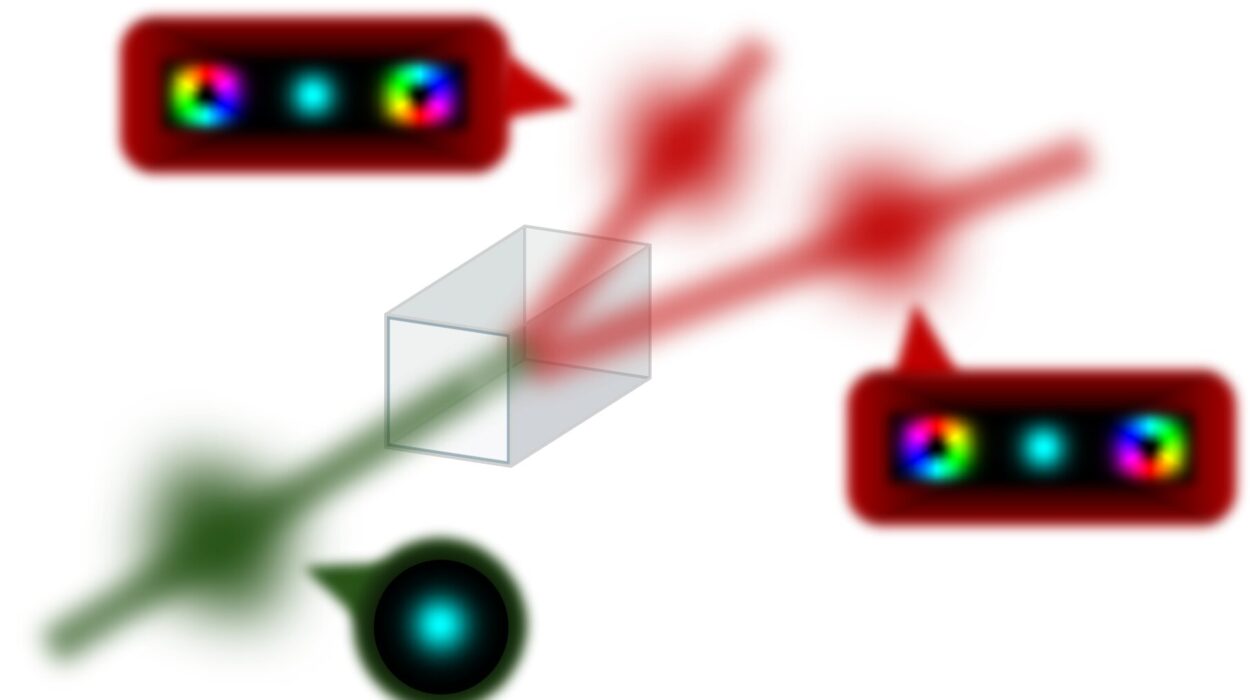They pull. They push. They guide us home. They reveal the unseen. Magnets are everywhere—quiet, invisible, and fundamental. Most of us encounter them first as children, drawn to their strange, invisible force. A magnet slides across a tabletop, dragging a paperclip behind it like magic. It’s one of those everyday mysteries we accept without truly grasping its depth.
But magnetism is not just a childhood curiosity. It is a force that reaches across centuries and galaxies. From ancient sailors navigating by the stars, to modern surgeons peering into the living brain with magnetic resonance imaging, magnets have shaped our journey as a species—and they’re still guiding us toward the future.
To understand magnets is to see the universe in motion. To appreciate their power is to realize that the unseen forces may be the most important ones of all.
A Force Older Than Civilization
The story of magnets begins not with human invention, but with the Earth itself. Our planet is, in a very real sense, a gigantic magnet. Deep in its molten core, swirling iron and nickel generate a magnetic field that extends thousands of kilometers into space. This magnetic field acts like a cosmic shield, protecting us from the solar wind—charged particles that stream from the sun and would otherwise strip away our atmosphere. Without it, life as we know it might never have existed.
But long before scientists understood any of this, ancient peoples noticed a curious kind of stone. Lodestone, a naturally magnetized form of iron ore, fascinated early humans. In ancient China, it was used to align fortune-telling boards, and eventually became the foundation for the first compasses. In Greece, it inspired myth—the story of Magnes the shepherd, whose iron-tipped staff was drawn to the ground by an invisible force.
Even in those ancient times, people recognized that magnetism was something different. It acted at a distance. It didn’t require touch or pressure. It was a force that defied the senses, and yet its effects were undeniable.
The Compass: The First Magnetic Tool
The leap from curiosity to technology began with navigation. By the 11th century, Chinese sailors were using magnetic compasses to guide their ships. The magnetized needle, always pointing north, offered orientation even in fog or at night. It was revolutionary.
Before the compass, sailors relied on the stars or the coast. With it, they could venture into open ocean, unlocking new trade routes and transforming economies. The magnetic compass became not just a tool, but a symbol of exploration. It allowed cultures to collide, merge, and evolve. It reshaped geography and history.
Yet even as compasses guided the great age of exploration, magnetism remained poorly understood. It was mysterious, powerful, and unpredictable. But that would soon change.
Unraveling the Mystery: From Mystery to Mathematics
In the 1600s, an English scientist named William Gilbert conducted some of the first serious investigations into magnetism. In his book De Magnete, he proposed that the Earth itself was a giant magnet—a radical idea at the time. He distinguished magnetism from static electricity and laid the foundation for future study.
Centuries later, the great physicist Michael Faraday built on Gilbert’s work. Faraday was a genius of intuition and experiment. In 1831, he discovered electromagnetic induction—the principle that a changing magnetic field can produce an electric current. With a coil of wire and a moving magnet, he demonstrated that magnetism could create electricity.
This single insight—electricity and magnetism were linked—would change the world. Faraday had opened the door to the age of electromagnetism. Every generator, transformer, and motor built since owes its existence to that moment in his laboratory.
Then came James Clerk Maxwell, the Scottish physicist who turned Faraday’s observations into mathematical laws. His equations, published in the 1860s, described how electric and magnetic fields interact. They predicted waves of electromagnetic radiation—light, radio, X-rays, and more. Maxwell’s equations were elegant, powerful, and accurate. They unified electricity, magnetism, and optics into a single framework.
In that moment, magnetism was no longer just a curious force—it was a pillar of the physical universe.
Magnets and the Modern World
By the early 20th century, magnets were embedded in everyday life. Electric motors used magnetic fields to spin shafts. Generators harvested energy from movement. Telephones, radios, and televisions all relied on magnets to translate electrical signals into sound or light. The world buzzed and blinked with the quiet, invisible labor of magnetism.
Magnets became smaller and stronger. The invention of electromagnets—coils of wire that produce a magnetic field when current flows—allowed for precision and control. These devices could be turned on or off with a switch, making them ideal for industrial machines, cranes, and relays.
Magnets powered the engines of industry and the instruments of science. But perhaps the most dramatic leap came in medicine.
Seeing the Invisible: Magnetic Resonance Imaging
In the mid-20th century, scientists developed a new way to peer inside the human body—without cutting it open. It was based on a phenomenon called nuclear magnetic resonance, discovered in the 1940s. Certain atomic nuclei, like hydrogen, behave like tiny magnets. When placed in a magnetic field, they align. If they’re then hit with a radio wave, they absorb and re-emit energy in measurable ways.
In 1977, the first human MRI scan was performed. It was slow and grainy, but groundbreaking. Since then, MRI technology has advanced dramatically. Today’s machines use powerful superconducting magnets—some 60,000 times stronger than Earth’s magnetic field—to create detailed images of soft tissue, nerves, and organs.
Unlike X-rays or CT scans, MRI doesn’t use ionizing radiation. It’s safe, repeatable, and incredibly informative. Doctors can now diagnose strokes, tumors, torn ligaments, and brain disorders with clarity that would have been science fiction just decades ago.
Every time a patient enters that cylindrical chamber and hears the hum of the machine, they are experiencing the power of magnets—not as mystery, but as medicine.
How Magnets Are Made: From Earth to Lab
Most magnets begin as minerals pulled from the Earth. Iron, cobalt, and nickel are the main elements that exhibit ferromagnetism—the ability to become magnetized. But modern magnets often use rare-earth elements, like neodymium or samarium, to boost strength.
These rare-earth magnets are incredibly powerful. A small neodymium magnet can hold hundreds of times its weight, defying gravity and common sense. They’re used in everything from earbuds to wind turbines, electric vehicles to satellite systems.
But rare-earth mining is messy and geopolitically fraught. The world’s supply is concentrated in a few countries, leading to efforts to develop synthetic alternatives and better recycling methods. As our demand for clean energy and compact electronics grows, so too does our need for better, more sustainable magnets.
In the lab, magnets are created by aligning the microscopic magnetic domains within a material. This can be done by placing the material in a strong magnetic field or heating and then cooling it in the presence of one. Once aligned, these domains stay that way—unless disrupted by heat, impact, or time.
Superconducting magnets, used in MRI and particle accelerators, are in a class of their own. They rely not on traditional magnetic materials, but on superconducting wires cooled to near absolute zero. These wires carry current without resistance, generating immense magnetic fields without heat loss.
They are marvels of engineering—and testaments to how far our understanding of magnetism has come.
Magnetic Fields and the Universe
Magnetism isn’t confined to Earth. It is a cosmic force.
The sun is a boiling sphere of magnetic chaos. Its magnetic field loops and tangles, occasionally snapping to release massive flares of charged particles. These solar storms, when they reach Earth, can disrupt satellites and power grids—but also paint the skies with the shimmering colors of the aurora borealis.
Planets, stars, and galaxies all have magnetic fields. Some neutron stars, called magnetars, have magnetic fields a quadrillion times stronger than Earth’s. These cosmic beacons are so intense they can alter atomic structure and emit bursts of energy that can be detected across light-years.
Magnetism shapes the universe, not through brute force, but through quiet persistence. It acts across space, guiding particles, forming structures, and influencing the dynamics of galaxies. We still don’t fully understand the origin of magnetic fields on a cosmic scale, but we see their fingerprints everywhere.
The Magnetic Mind
In recent years, researchers have begun exploring the subtle interplay between magnetism and the human brain. While the brain itself isn’t magnetic, it produces tiny electric currents that generate weak magnetic fields. Techniques like magnetoencephalography (MEG) can detect these signals, offering real-time insights into brain activity.
Other technologies, like transcranial magnetic stimulation (TMS), use magnetic pulses to influence brain function. TMS has shown promise in treating depression, anxiety, and even chronic pain. It’s noninvasive and relatively safe—a potential bridge between physics and mental health.
These advances hint at a future where magnetism might not just help us see the brain, but heal it.
The Future of Magnetic Technology
Where is magnetism headed? Everywhere.
In energy, superconducting magnetic energy storage (SMES) systems could provide rapid, efficient backup power. Magnetic levitation (maglev) trains already operate in Japan and China, offering smooth, ultra-fast transportation that glides on a cushion of magnetic repulsion.
In computing, researchers are exploring spintronics—a field that uses the spin of electrons, rather than their charge, to store and process information. This could lead to faster, more energy-efficient memory and processors.
And in medicine, MRI machines are becoming smaller, cheaper, and more accessible, bringing advanced diagnostics to underserved regions.
Even as we chase fusion power, magnetic fields are at the core. Fusion reactors like tokamaks use powerful magnets to contain and stabilize super-hot plasma—the key to unlocking the energy of the stars.
The power of magnets is not fading—it’s accelerating.
A Force That Binds Past, Present, and Future
Magnets are more than metal and mystery. They are storytellers. They whisper of ancient stones, of early explorers, of Victorian labs and futuristic hospitals. They connect the compass to the MRI machine, the Earth’s core to the brain’s thoughts, the fabric of galaxies to the rhythm of life on our planet.
In a world obsessed with the visible, magnets remind us that the most powerful forces are often unseen. They bend space. They move matter. They inspire wonder.
So the next time you feel a pull—whether from a compass needle, a pair of magnets clicking together, or a force inside you guiding your path—remember: you are in the presence of something ancient, mysterious, and magnificent.
You are feeling the power of magnets.
